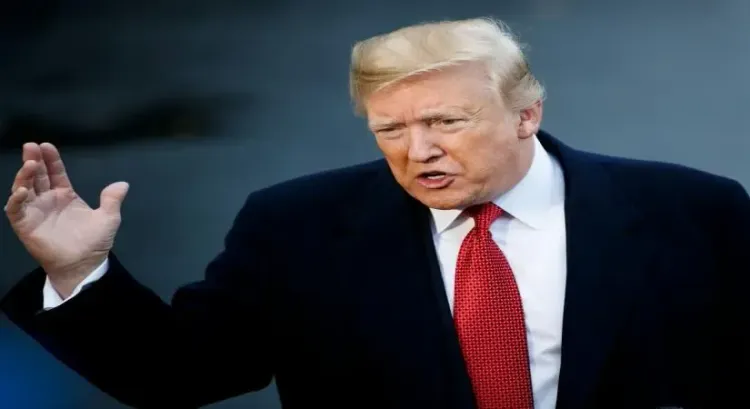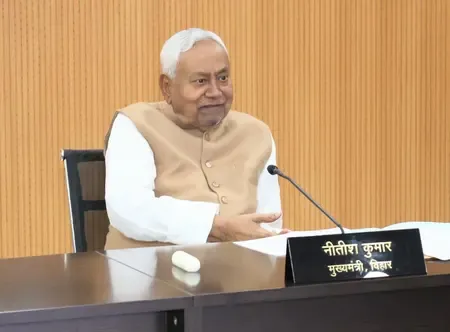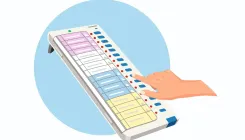Why Did Trump Impose 30% Tariffs on EU and Mexico?

Synopsis
Key Takeaways
- 30% tariffs on imports from Mexico and the EU are set to begin on August 1.
- Trump aims to renegotiate trade agreements to protect U.S. interests.
- The EU is feeling pressure, particularly from Germany, to reach a quick resolution.
- Countries in ongoing negotiations are urged to work diligently.
- Concerns about cartel activity in Mexico are also highlighted in Trump's letters.
New Delhi, July 12 (NationPress) – On Saturday, US President Donald Trump announced that a 30 percent tariff would be imposed on imports from Mexico and the European Union (EU), aimed at renegotiating trade agreements ahead of the August 1 deadline.
In a statement shared on Truth Social, Trump indicated that the European Union would provide fully open market access to the United States, suggesting that “any increase you decide to implement will be added to the existing 30 percent we apply.”
The EU, comprising 27 nations, is facing mounting pressure, particularly from Germany, which has called for a swift resolution to protect its industries.
In his correspondence with Mexico, Trump acknowledged the country’s efforts in assisting him with border security, but emphasized that more action is needed: “Mexico has not yet halted the Cartels that threaten to transform North America into a Narco-Trafficking hub. I cannot permit that!” he remarked in a letter directed to Mexican President Claudia Sheinbaum.
Previously, the US President urged nations currently in trade negotiations with his administration to “keep working diligently” as the August 1 deadline approaches, reiterating his stance that America has been exploited by both allies and adversaries over the years.
Trump made these comments prior to traveling to a flood-affected region in Texas, while nations like South Korea and Japan are striving to finalize agreements with the US to circumvent or lessen the impact of the impending steep “reciprocal” tariffs set to be enforced on August 1.
“I encourage everyone to continue their hard work. We have faced unfair advantages for many years from various countries, both allies and adversaries, with the allies often being worse,” he stated during a press briefing at the White House.
On Monday, Trump sent a letter to South Korean President Lee Jae Myung, announcing that the US would impose a 25 percent tariff on South Korean imports starting August 1, instead of the previously scheduled date following a 90-day pause.










